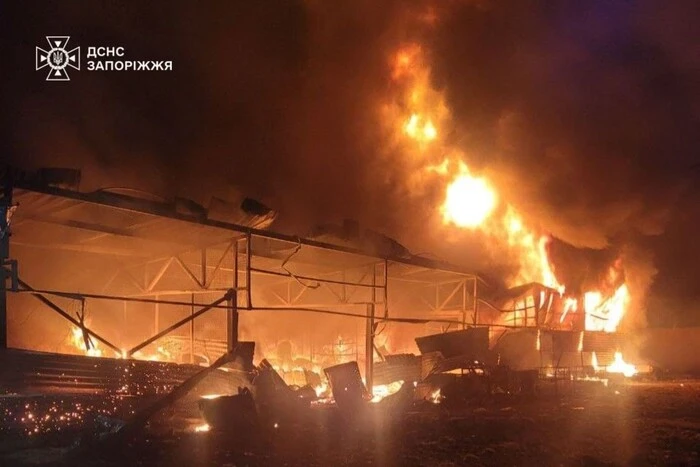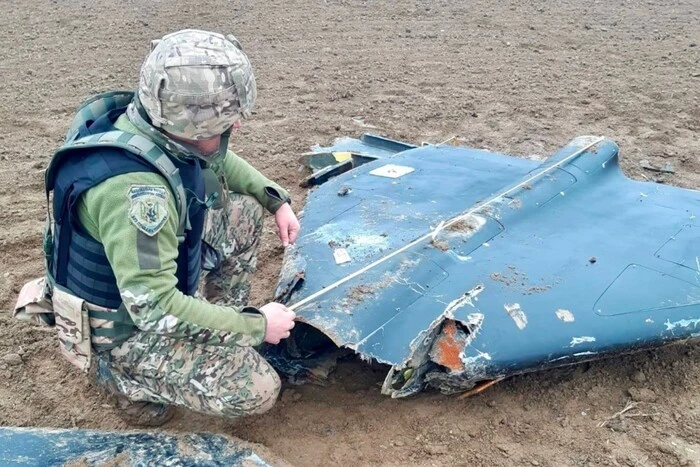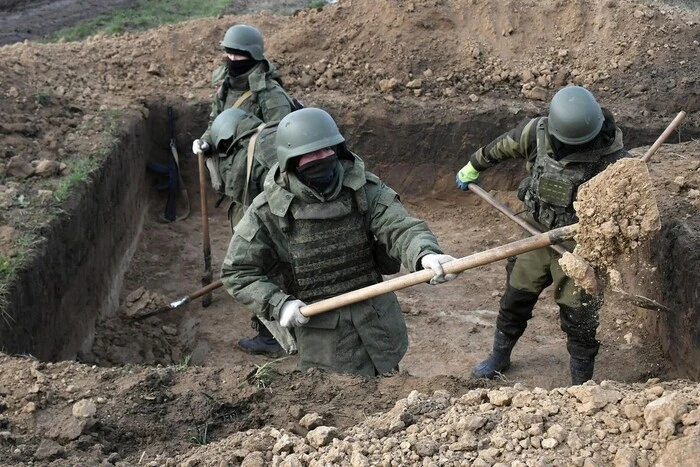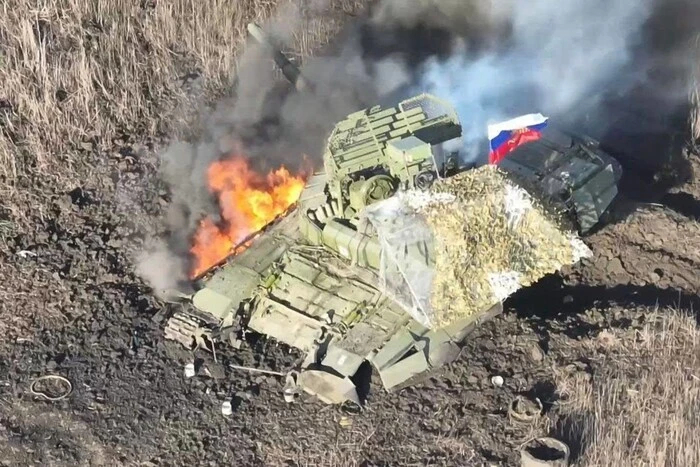Russia brought missile carriers into the Black Sea on the second day of Putin's ceasefire.

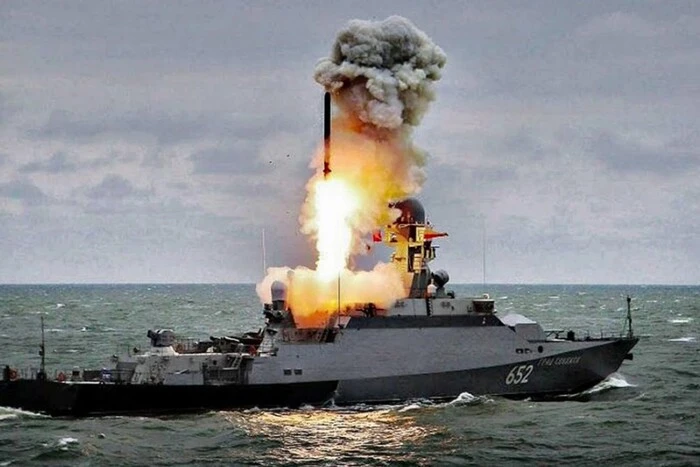
According to the Ukrainian Navy, as of May 9 at 06:00, four hostile ships were registered in the Black Sea, three of which can carry 'Kalibr' missiles in a quantity of up to 14.
At the same Time, there were no hostile ships in the Azov Sea. The presence of three hostile ships was also recorded in the Mediterranean Sea, one of which can carry up to eight 'Kalibr' missiles.
Moreover, the Navy emphasized that Russia continues to violate the International Convention for the Safety of Life at Sea 1974 (SOLAS) by turning off automatic identification systems.
The previous day, there were no hostile ships in the Black Sea at all.
Recall that at 00:00, a three-day Putin's 'ceasefire' began, planned until May 11. However, it is likely that it was violated just a few hours later, as the Air Forces reported missile strikes from the enemy in Sumy region.
During the previous day, the enemy carried out one missile strike and 15 aerial strikes, using one missile and 25 KABs. 830 kamikaze drones were also used, and 2685 shellings of Ukrainian military positions and populated areas were conducted.
Analysis:
According to the report, Russian ships continue to provoke in the waters of the Black and Mediterranean Seas, indicating unfriendly intentions from Russia. Also important is the information regarding the Russian side's violation of international conventions, which is a violation of international law. Such behavior requires a response from the community and increased vigilance of the Ukrainian military in marine and air spaces.
Read also
- Moment of the ‘Shahed’ hitting the TCK building in Kremenchuk: video
- Attack on Zaporizhzhia: Photos of the Consequences Have Emerged
- Russia attacked Ukraine at night with 157 drones: hits in 19 locations
- Map of military actions in Ukraine as of July 6, 2025
- Pokrovsk: ISW analysts have predicted the plans of the occupiers
- Enemy losses as of July 6, 2025 – Armed Forces of Ukraine Headquarters


